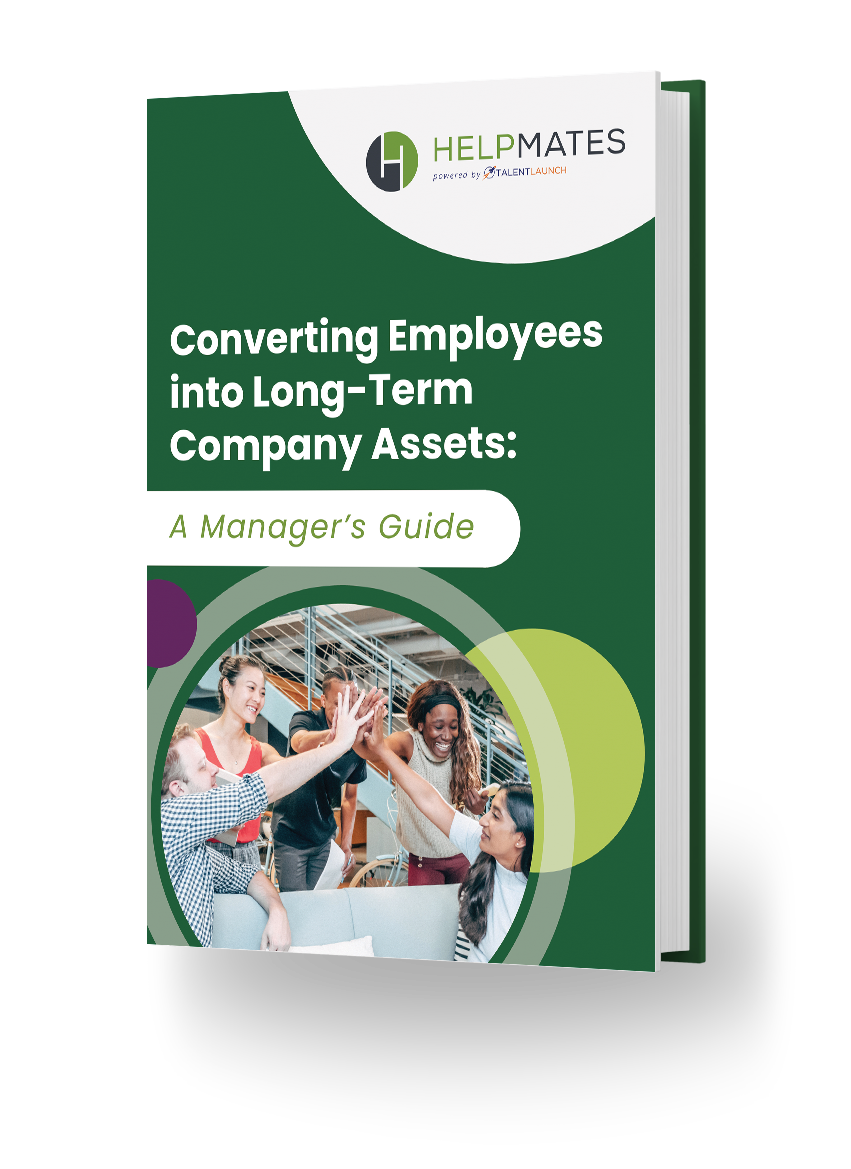Hiring candidates can be stressful for organizations. It can be incredibly time consuming, and the number of resumes submitted for each position can go well into the hundreds. So how do you maximize your time while ensuring you identify the best candidates for the job?
Get critical information from these 4 key resume areas
Research shows that recruiters spend six seconds, on average, looking at resumes. Makes sense – you’re busy, and have a lot of resumes to get through! Get the most out of those six seconds by scanning these four key areas on all resumes:
- Look and feel. There are reasons that recruiters don’t spend hours reading every resume that comes around. One reason is that there simply isn’t enough time in the day to review hundreds of resumes for a single open position (and that’s a good reason!). Another reason is that weeding out unsuitable resumes can be fairly quick sometimes. Using your instincts can help you identify candidates who merit further discussion or review. At first glance, are the candidate’s name and contact information easy to find? Is the resume a mess, or is it well-formatted and easy to read? Are there obvious spelling and grammar mistakes? The first glance at a resume is often the most critical. Using your instincts can be a big time saver.
- Summary. There’s a lot of good advice out there that recommends candidates summarize their skills at the top of their resumes. Attentive candidates will take that advice, so your eyes should head to the top of the page to immediately read a summary or skills overview. Are key skills for your position listed? Is the paragraph well-written and thought out?
- Numbers and percentages. The common “task list” resume is seen quite a bit, but it offers little insight into how candidates will perform on the job. Maximize your time reviewing resumes by scanning for numbers and percentages. Candidates who include details about their accomplishments, especially those who quantify them, tend to have a better grasp on what they can offer your organization. Put simply, these candidates are more likely to be superstars – they’ve had significant accomplishments before, and they’re happy to tell you about them. Keeping an eye out for those numbers can help you identify potential superstars much more quickly.
- Education and extracurricular details. While some positions may not require a specific degree, skipping over the education section of a resume could mean missing out on some valuable candidate insights. Specific schools can offer a look at the potential workload or challenge presented to students, while GPA is a solid indicator of work ethic and past performance. Slightly less obvious, though, are insights gleaned from areas of study. While many HR professionals may gloss over degrees in the arts, an English education could offer insight into a candidate’s communication and organizational skills, while an art history degree could signal potential success in a position requiring a degree of creativity. And don’t overlook information about a background in athletics or participation in service organizations; both can point to experience with time management, leadership and team dynamics.
Six seconds isn’t a lot of time to spend on a resume, and the talent you choose can have a critical impact on the long-term success of your organization. These tips will help you identify key areas on candidate resumes, but if you’re still stressed by the cost- and time-investment that comes with recruiting, call Helpmates. Our staffing and recruiting solutions help match incredible talent with top organizations across Southern California. Let us do the work for you!
Image courtesy of FreeDigitalPhotos.net/phasinphoto





